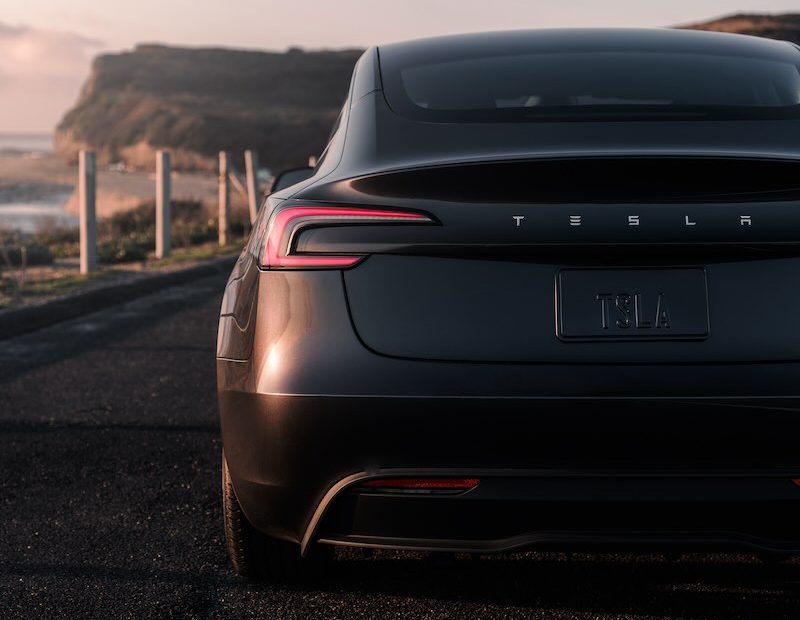Tesla has hit the pause button on new Model 3 highland deliveries in Australia after regulators raised concerns over a potential safety issue with the electric sedan’s child restraint anchorage points. The problem throws a wrench in Tesla’s plans as it risks running afoul of strict Australian automotive standards.
The Australian Department of Infrastructure, Transport and Regional Development is investigating the matter after the recently updated 2024 Model 3 apparently lacks an easily accessible top tether anchor point for a child seat in the rear middle seat.
Despite being certified as a five-seater, the design oversight contradicts Australian Design Rules (ADR) that require all rear seats with seatbelts to have a reachable top tether for attaching child restraints. The earlier Model 3 design had a flap opening to access the middle seat’s top tether, but the updated version has no clear way to latch a child seat.
While the outboard rear seats still have accessible top tether and ISOFIX anchors, the rear middle seat’s obscured top tether violates the specific wording of ADR 34.6.1. This demands “clearance shall be provided around each ‘Child Restraint Anchor Fitting’ to allow latching and unlatching, without the use of tools.”
With the flaw detected, Tesla finds itself forced to halt new Model 3 deliveries until the issue can be addressed. The automaker hasn’t confirmed if vehicles already delivered will need to be recalled for retrofitting or if a stop-sale will be issued. But with Australian regulators scrutinizing the matter, Tesla is on the back foot.
For a company famous for cutting-edge design and technology, the oversight seems like an unforced error. Australia’s stringent auto rules are well-known, and passing certification should have caught the obscured child seat anchor. Now Tesla must scramble to find a fix that brings the Model 3 back into compliance.
The pause on deliveries also deals reputational damage, undermining Tesla’s safety image. But the company has likely learned a valuable lesson in double and triple-checking that its vehicles match regulations worldwide, not just in the United States. Once the anchorage issue is addressed, Tesla can refocus on its ambitious growth plans for dominating the Australian EV market.
